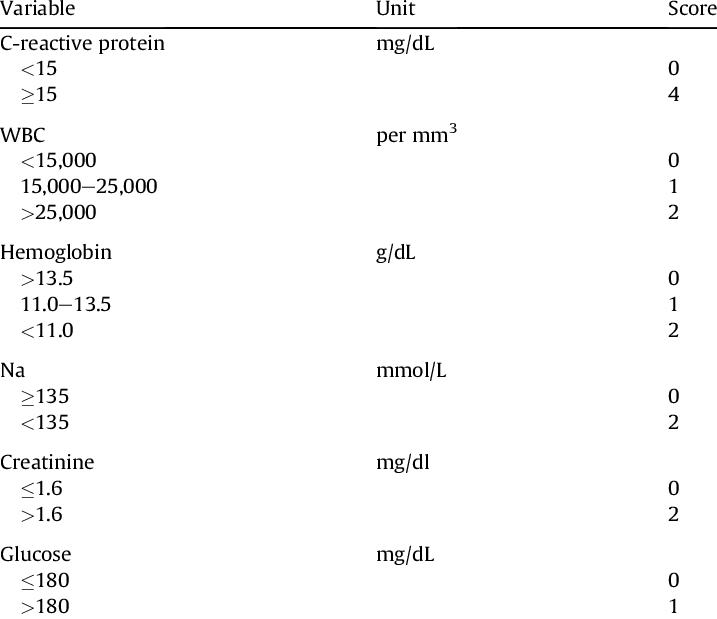The LRINEC (Laboratory Risk Indicator for Necrotizing Fasciitis) score is a tool to distinguish ordinary skin infections from necrotizing fasciitis. Mnemonic: NeC WASH Na level: <135 mmol/L: 2 points Creatinine: >1.6 mg/dl: 2 points WBC: <15,000/cu.mm: 0 points 15,000-25000/cu.mm: 1 point >25,000/cu.mm: 2 points Acute phase reactant (CRP): >/= 150:…
Tag: General Surgery
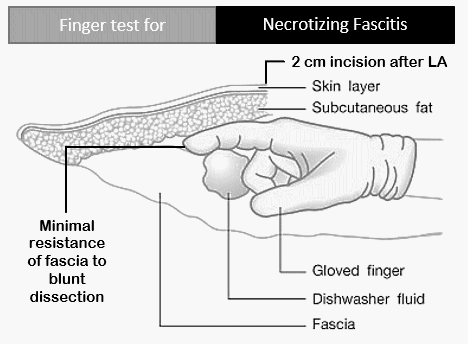
Finger test for Necrotizing Fascitis
Synonyms: Finger sweep test Finger test can be performed under Local anesthesia or General anesthesia in: Emergency department Bedside in wards Operation theaters Procedure: Area is infiltrated with local anesthetic A 2 cm test incision down to fascia is made in the suspected area The tissues are visually examined for:…
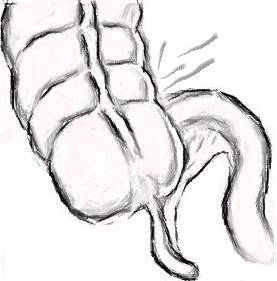
Appendix, Appendicitis and Appendicectomy
Inflammation of the Appendix is one of the most common causes of Pain Abdomen presenting in the Emergency Room. Since its first description in the texts, there has been a lot of improvement in the quality of management due to the availability of resources and technology. Appendix, in the initial…
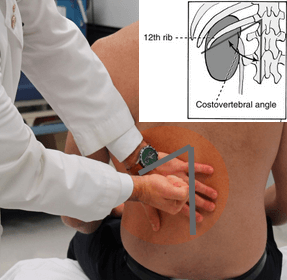
Costovertebral or Renal angle tenderness
Synonyms: Murphy’s kidney punch, CVA tenderness (CVAT) Anatomy of Costovertebral angle or Renal angle: Costovertebral angle is formed by the junction of the 12th, or lowermost, rib with the paravertebral muscles, which run parallel to and on both sides of the vertebral column. Eliciting costovertebral angle tenderness: Position of patient:…
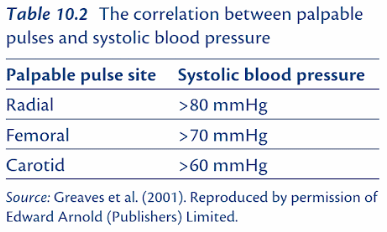
ATLS 80/70/60 Rule for Palpable Blood pressure
ATLS’ 80/70/60 rule On the basis of location of pulse palpable, minimum systolic blood pressure can be predicted as follows: Radial/Dorsalis pedis/Popliteal pulse: >80 mmHg Femoral pulse: >70 mmHg Carotid pulse: >60 mmHg Overestimation of SBP by Pulses Pulse characteristics are an unreliable sign and “should be used only as…
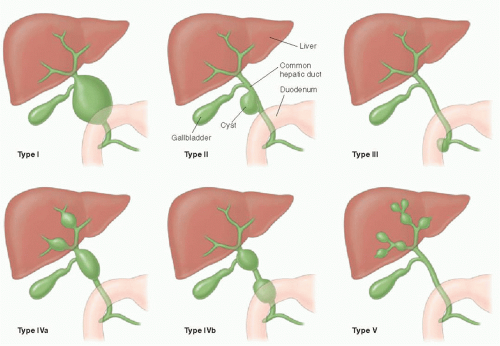
Choledochal Cysts : Mnemonic for Todani Classification
Todani Classification of Choledochal cysts Mnemonic: Consider I is “Extrahepatic” and V is “Intrahepatic”, then – Type I, II and III = Extrahepatic Type IV = Extrahepatic + Intrahepatic Type V = Intrahepatic Most common: Type I 2nd most common: Type IV Type I-III: Extrahepatic Mnemonic: 123 EDC Type…
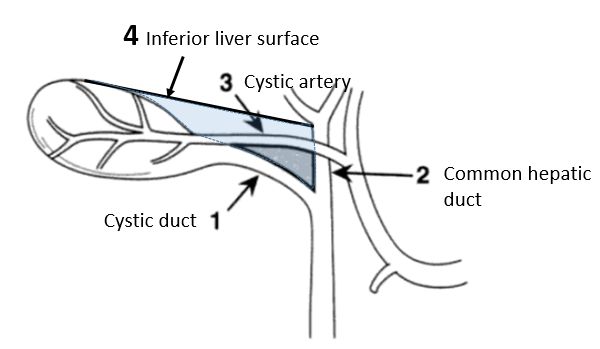
Calot’s triangle : Mnemonic
Synonyms: Calot triangle, Cystohepatic triangle Boundaries: Cysto-hepatic triangle (Budde-Rocko triangle): Calot’s triangle as described in modern surgery: Mnemonic: 3 C 1. Cystic duct 2. Common hepatic duct 3. Cystic artery Contents: Importance: The cystic artery and the duct have to be clearly defined to obtain the ‘critical view of safety’. These…

Gastric Carcinoma : Quick Review
Etiology and Risk factors of Gastric Carcinoma Mnemonic: 14 “A”s Animal foods (smoked, cured or preserved – contains high nitroso- compounds) Anti-oxidant poor foods Acetaldehyde in Alcohol Acid peptic disease or Antigen i.e. H.pylori Atrophic gastritis and Achlorhydria Adenomatous polyps (precursor of intestinal type of gastric cancer) A type Blood group Asians…
